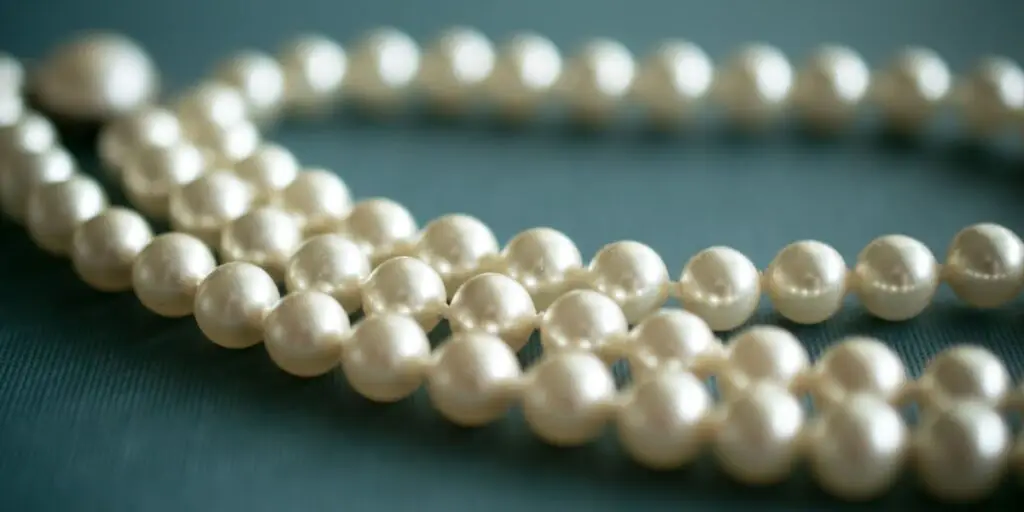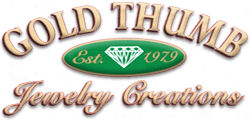What You Need to Know About Pearls Before You Buy

Pearls are a staple of fine jewelry, featured alone on rings or pendants, or in a string for necklaces and bracelets.
But purchasing a pearl is more than just walking into the nearest shop and choosing something that looks pretty.
Here’s everything you need to know about pearls before you buy:
How Pearls Are Formed
Pearls are the natural by-product of a defense mechanism found in oysters and other mollusks.
The insides of these creators is soft, meaning they’re easily injured when even tiny pieces of sand, rocks, and other debris get through their shells. When an irritant is present inside an oyster, it produces nacre – a milky substance – meant to insulate its soft flesh from the debris.
The oyster wraps the irritant in this nacre and rolls it, over and over, until it builds up a thick layer of protection. The layers of nacre, as well as the irritant itself, are what becomes a pearl.
But not all nacre is created equal – The type and texture of the nacre produced by the oyster causes variations in color and luster of the resulting pearls. Also, the longer an oyster produces the pearl, the thicker and more resilient the nacre.
How Humans Changed the Pearl Market
When pearls first were discovered, they were rare and, as a result, expensive.
Now, however, humans have created pearl farms. In these farms humans introduce irritants into oysters and other mollusks to spark pearl creation. They then wait a certain amount of time before retrieving the pearl from the oyster.
This process has made pearls more accessible and less expensive, and different classifications of pearls have emerged.
Types of Pearls
There are a variety of different types and classifications of pearls you likely will run into when shopping for pearls.
Some common terms you may see include:
- Natural pearls: These are made entirely naturally, so there is no human intervention in the process. These types of pearls are virtually nonexistent in today’s market.
- Cultured pearls: These pearls are grown by pearl farmers. Cultured pearls make up nearly the entire pearl market – about 99 percent – today. Cultured pearls are nearly identical to natural pearls.
- Imitation pearls: These are not actual pearls at all. Imitation pearls usually are made of glass or plastic and are most often found in costume jewelry.
- Freshwater pearls: Freshwater pearls are formed in freshwater sources instead of in the ocean. These pearls are created by mollusks, which can be freshwater creatures.
- Akoya pearls: Akoya pearls are saltwater pearls named for the type of oyster that produces them. Most Akoya pearls come from Japanese pearl farms, and they are the most popular type of pearl. These were the first type of pearls to be cultured, and are usually associated with the round, white pearl most people think of.
- South Sea pearls: South Sea pearls are larger and more lustrous than other varieties of pearls, making them a treasure in the pearl world. These pearls take longer to form due to their size, so there are fewer of them harvested annually. Because of this, South Sea pearls are among the most valuable and expensive on the market.
- Tahitian pearls: These pearls are also known as black pearls, and are formed by the black-lipped oyster. They often are found around the islands of French Polynesia and Tahiti, and often are a dark green color that can appear black.
When selecting what type of pearl you want to purchase, think of how you’d like your pearl to look, how large you want it to be, and how much you want to spend.
Your choices in all these variables will determine what type of pearl you should search for, and which type of retailer is likely to carry what you’re looking for.
Beautiful Pearl Jewelry in Frederick, MD
If you’re looking for exquisite pearl jewelry, look no farther than Gold Thumb Jewelry in Frederick, Maryland. We have a selection of gorgeous jewelry you can browse, or work with one of our skilled jewelers to design your own piece. Contact us today!

